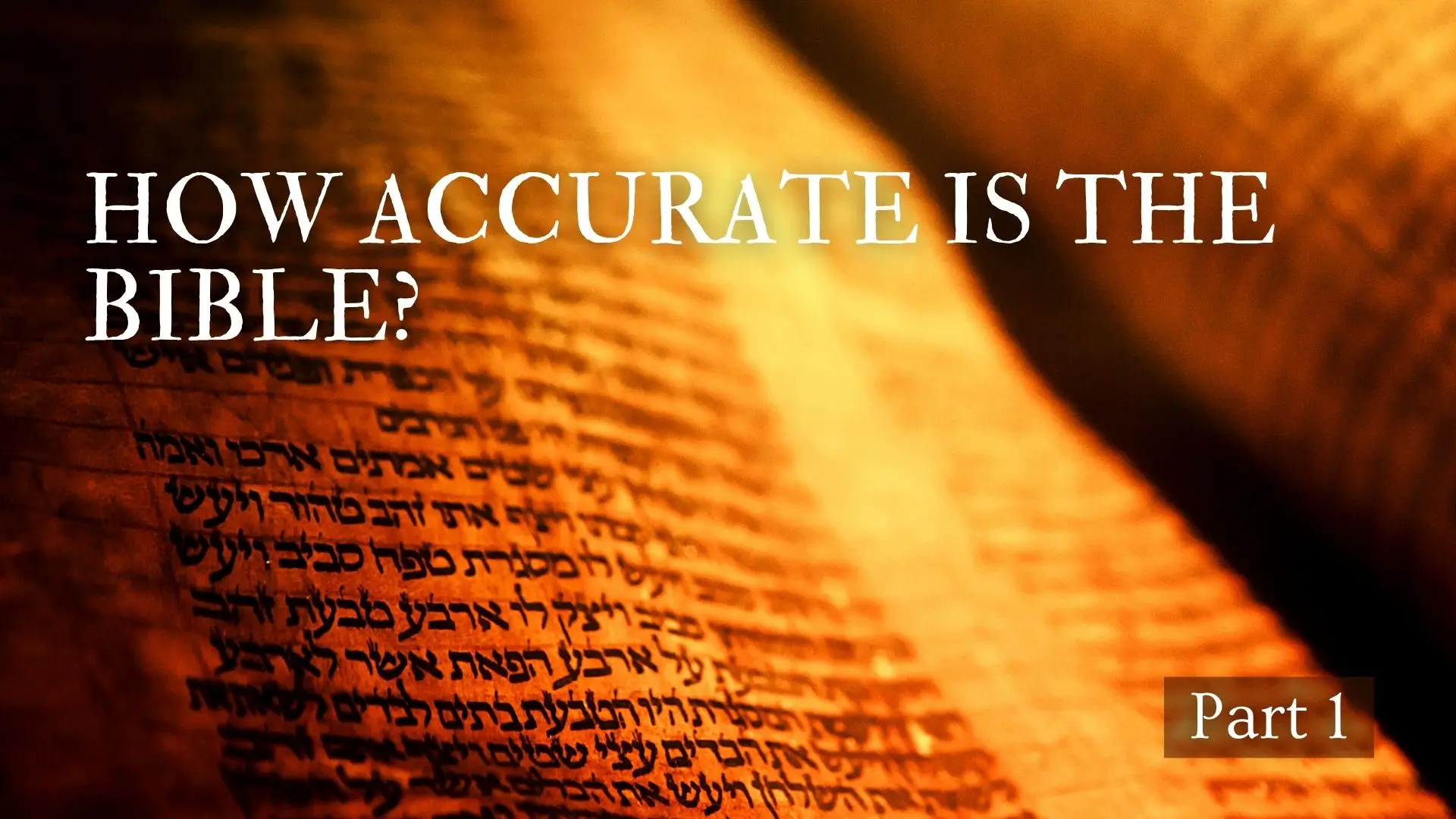Can we trust the Bible?
This question concerns one of the fundamental pillars of the Christian faith: the authority of Scripture. From the accuracy of manuscripts to apparent contradictions, popular culture and scholarly works alike attempt to discredit the authority and infallibility of Scripture. Questions like these are rampant wherever you look:
- Isn’t the Bible full of contradictions?
- The Bible has been copied and translated so many times—hasn’t this process led to errors?
- How can you be sure that the Bible is the same now as when it was written?
- Didn’t the church arbitrarily decide which books should be included in the Bible and which books should be rejected?
- So many people have different interpretations of the Bible—what makes you think that yours is correct?
- How can you place your faith in a book that condones genocide and slavery?
- Doesn’t the Bible make a number of claims that are scientifically inaccurate?
When faced with such questions regarding whether or not we trust the authority of the Bible, there are three responses we can make when it comes to the question of trusting the authority of the Bible:
- “No”—A Sweeping Rejection: When someone rejects the Bible out of hand, it is often due to listening to secondhand sources about the Bible rather than a personal investigation of its content.
- “Maybe”—Problems Exist: Someone accepts some of what the Bible says, but there are one or more stumbling blocks.
- “Yes”—An Acknowledgement of the Authority of the Bible: This is the belief that the Bible is ultimately trustworthy.
“The Bible Is Not Trustworthy”
The view that the Bible is not trustworthy often stems from secondhand knowledge. Consider the phrases “God helps those who help themselves” or “Cleanliness is next to godliness.” Despite the popularity of these phrases, they occur nowhere in the Bible. In fact, these are not even principles in the Bible.
Still others have the false impression that the Bible is scientifically inaccurate. They think the Bible teaches that the earth is flat or is the center of the universe. Others think the New Testament was written centuries after the events it describes. Still others believe the earliest manuscripts we have are from the fourth or fifth centuries. Another false impression is that the Old Testament is simply derivative of older Babylonian or Assyrian myths.
Although false impressions and objections abound, they are not new. As Theodore Beza said, “The Church is an anvil that has worn out many a hammer.” The same is true of the Bible. The Bible is more than able to withstand any objections to its accuracy, just as it has done in the past.
Need a resource to help you respond to objections like this one? Read Ken Boa’s I’m Glad You Asked.
Turning Objection into Opportunity
When someone rejects the Bible because they have a vague, misinformed idea of it, you have an opportunity to present the gospel clearly. You can walk them through the truths of Scripture to give them a fresh view on the gospel.
It could also be that someone has true intellectual difficulties in accepted the Bible as true. This, too, is an opportunity to present the gospel, opening conversations regarding the reliability of the Bible. The following tests regarding the reliability of Scripture can help overcome some questions regarding the accuracy of the manuscripts:
- Bibliographic Test: Examines the original autographs to the present day. First of all, this looks at the quantity of manuscripts we possess. Secondly, we look at the quality of the manuscripts. Finally, we examine the time span, looking at how much time has passed between the events described and the writing of the manuscripts.
- Internal Test: Looks at the manuscript itself to clear away any apparent contradictions as well as what the writers of the Bible have to say about it, such as its inspired nature.
- External Test: Compares external evidence (such as archaeological discoveries) to what is mentioned in the manuscript.
Based on these tests, the Bible surpasses all other ancient manuscripts. Whereas other religious texts have only one fragmented manuscript available to us, there are numerous manuscripts of both the Old and New Testaments that agree in content. Even though there are a few manuscripts containing scribal errors—ancient “typos”—these errors are corrected by the sheer number of surviving accurate manuscripts. Their combined witness points to the trustworthiness and accuracy of the Bible.



